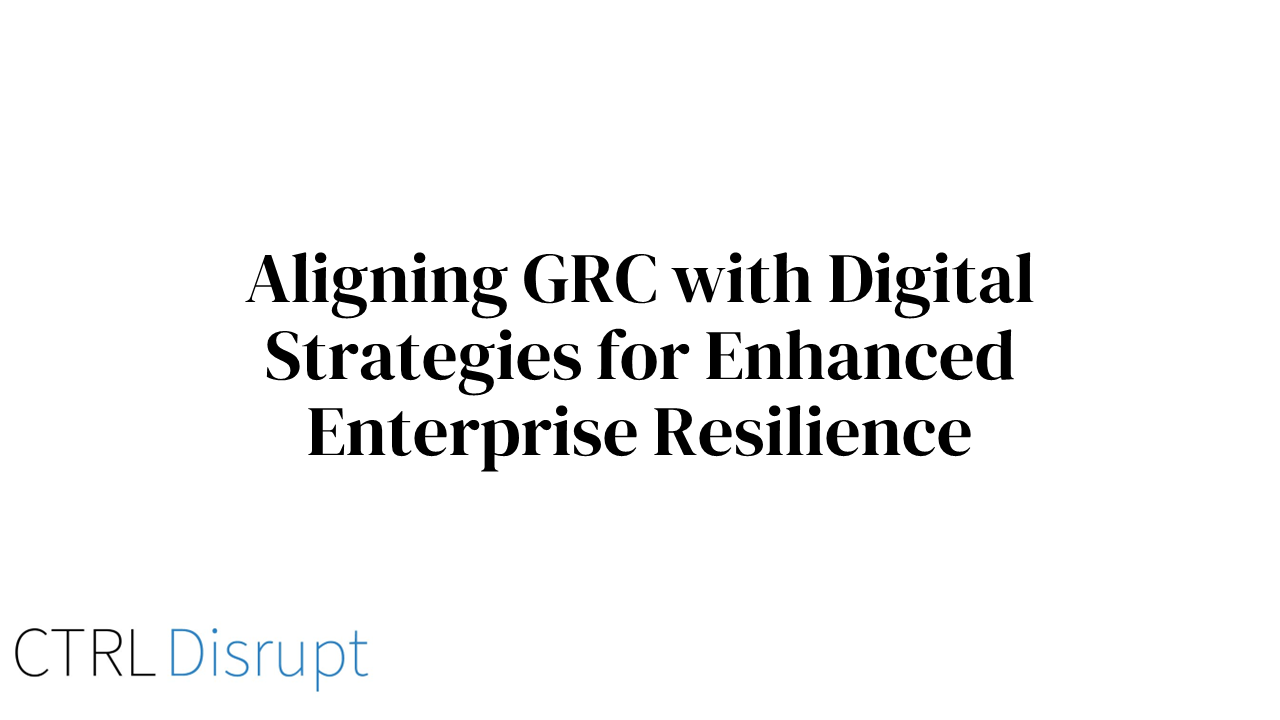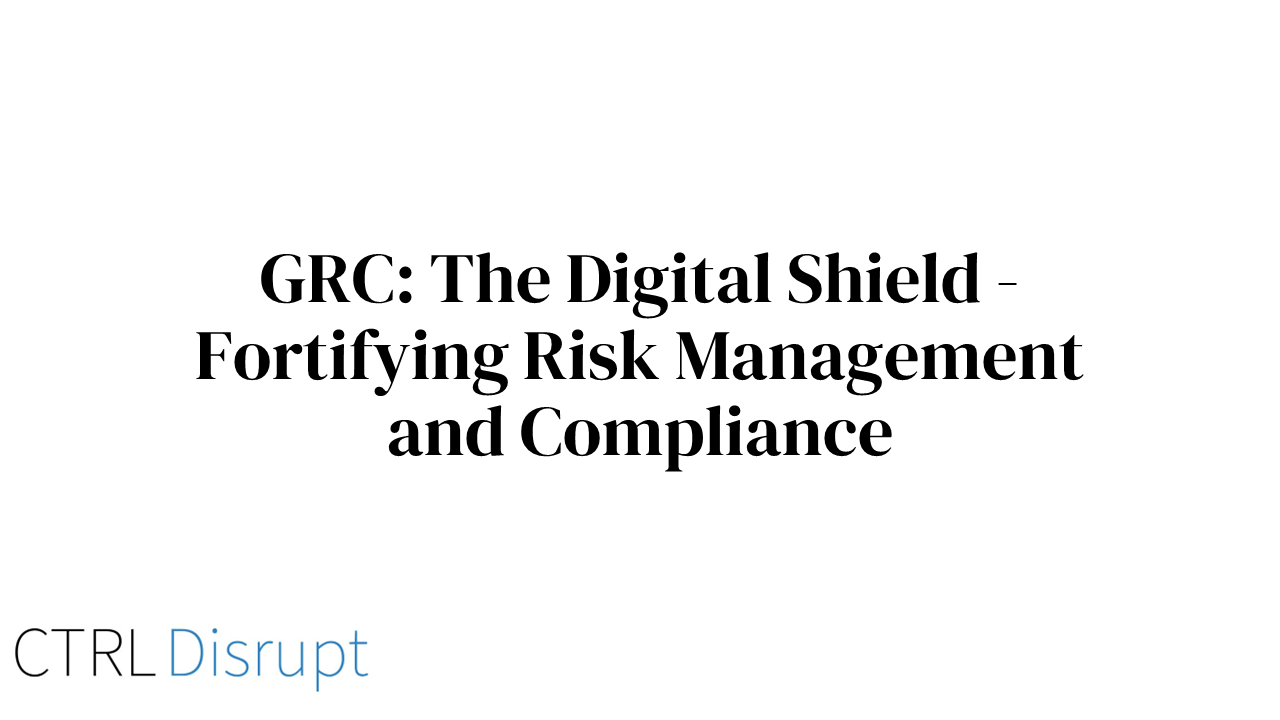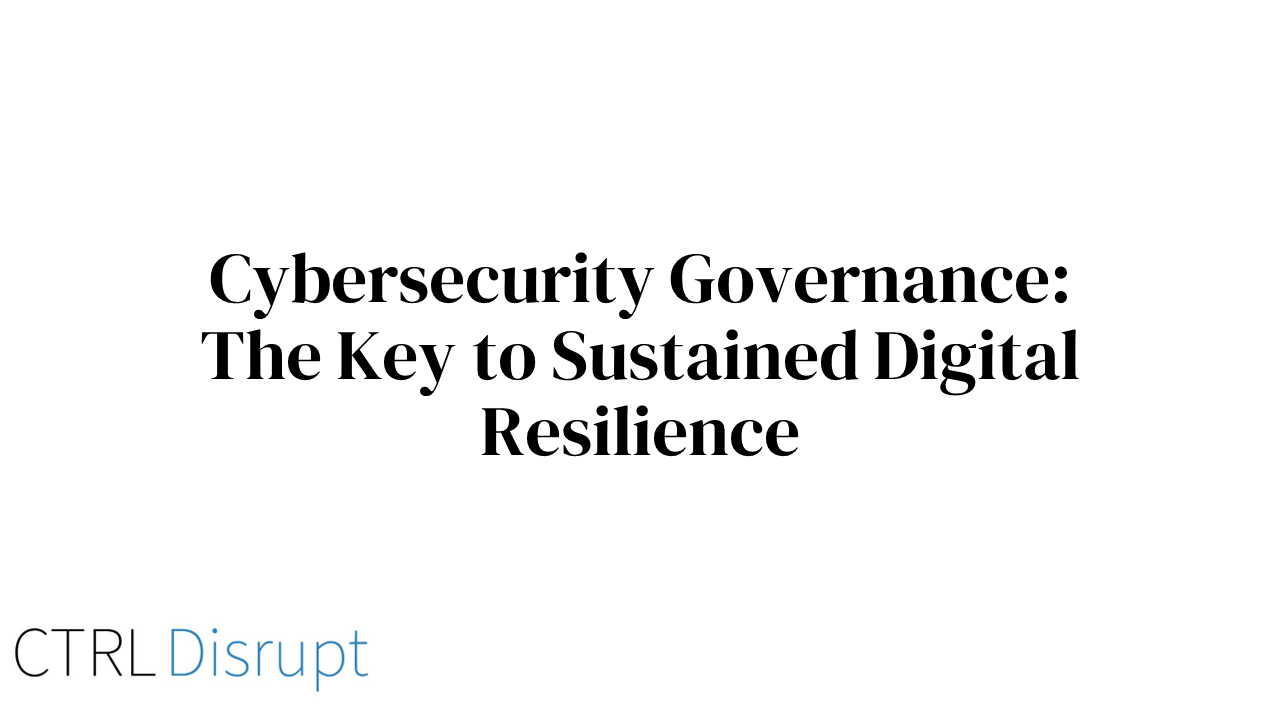Technological Tools for Resilient Risk Management
In today’s era of rapid technological advancement and digitalization, achieving resilience in risk management is closely intertwined with the adoption of innovative tools and software. Organizations are increasingly leveraging technology to identify, assess, and manage both threats and opportunities, ensuring they are well-positioned to adapt and thrive in a dynamic business environment.
The Call for Tools within Risk Management
In the intricate and fast-paced world of business, the landscape of risks is continually evolving, characterized by a myriad of uncertainties and variables. The sheer complexity and volume of information that organizations need to process make manual risk management approaches inefficient, time-consuming, and prone to errors. It is this growing intricacy that beckons the call for specialized tools within risk management.
-
Efficiency and Automation:
Tools automate labor-intensive and repetitive tasks, allowing risk management professionals to focus on strategic decision-making. Automated processes also reduce the likelihood of human error, enhancing the overall accuracy and reliability of risk assessments and responses. -
Data Integration and Analysis:
Given the vast pools of data organizations operate within, tools are essential in aggregating, analyzing, and interpreting data from diverse sources. This enables a holistic view of risks, ensuring that organizations can identify interdependencies, correlations, and potential impact points, thereby making more informed decisions. -
Real-Time Monitoring and Reporting:
The dynamic nature of the business environment requires constant vigilance. Tools facilitate real-time monitoring of risk factors, alerting organizations to potential issues as they arise. This immediacy enables prompt responses, reducing the potential impact of negative risks and maximizing the benefits of positive ones. -
Compliance and Governance:
With ever-changing regulatory landscapes, maintaining compliance can be a labyrinthine task. Risk management tools aid in navigating this complexity by automating compliance checks, managing policy documentation, and ensuring that governance structures align with current regulations. -
Strategic Alignment:
Tools enable the integration of risk management with overall business strategy. By providing insights into risk-return trade-offs, they support organizations in aligning their risk appetite with strategic objectives, ensuring a balanced approach to pursuing opportunities and mitigating threats.
In essence, the incorporation of specialized tools is not just a response to the complexities of risk management; it is a strategic enabler, allowing organizations to be more proactive, agile, and informed in their approach to both threats and opportunities. This integration of technology lays down a robust foundation for building resilience, enabling businesses to thrive amidst uncertainties.
Modern Tools and Software in Risk Management
1. Risk Management Information Systems (RMIS):
RMIS are comprehensive platforms designed to centralize and consolidate data, facilitating a holistic approach to managing risks. They offer features such as real-time monitoring, automated risk assessments, incident tracking, and compliance oversight, thereby enhancing an organization’s ability to identify and respond to potential risks promptly and effectively.
2. Governance, Risk, and Compliance (GRC) Platforms:
These integrated platforms streamline the processes of governance, risk management, and compliance by providing a unified view of risks across various business units. GRC platforms simplify risk assessments, policy management, regulatory reporting, and ensure alignment between organizational strategy and risk management practices.
3. Risk Domain Specific Tools:
Different risk domains necessitate specialized tools tailored to their unique challenges. For instance:
- Cybersecurity Tools: Essential for protecting digital assets, intellectual property, and sensitive information. These can include firewalls, intrusion detection systems, and encryption technologies.
- Financial Risk Tools: Platforms that assess market risks, credit risks, and liquidity risks, helping financial institutions and other organizations understand potential vulnerabilities and fluctuations in the financial domain.
4. Business Intelligence Software:
Leveraging the power of data analytics, business intelligence tools offer valuable insights into market trends, customer behaviors, and operational efficiencies. These insights enable organizations to anticipate and adapt to changes, identify opportunities, and formulate strategies to mitigate potential threats.
By integrating these modern tools and software, organizations can fortify their risk management strategies, ensuring they are resilient and well-equipped to navigate the uncertainties and complexities of the business landscape.
The Role of Data Analytics in Predicting and Responding to Risks
Illuminating the Shadows with Predictive Analysis
In the realm of risk management, the ability to forecast potential threats and opportunities before they materialize is invaluable. Data analytics, with its predictive capabilities, acts as a beacon of light, illuminating the shadows where risks might lurk. By harnessing vast sets of data, predictive analytics enables organizations to identify patterns, trends, and anomalies, transforming raw data into actionable insights. This foresight allows for proactive risk management, ensuring organizations can strategize and implement measures to address risks head-on, be they threats or opportunities.
Informed Decision-Making with Descriptive and Prescriptive Analytics
Beyond prediction, data analytics delves into the realms of description and prescription. Descriptive analytics paints a picture of the current risk landscape, offering a panoramic view of existing threats and opportunities. Prescriptive analytics, on the other hand, guides the way forward, recommending courses of action to either mitigate identified threats or capitalize on detected opportunities. This amalgamation of predictive, descriptive, and prescriptive analytics empowers organizations to make informed, strategic decisions, bolstering resilience in the face of uncertainties.
Enhancing Responsiveness with Real-time Analytics
In a world where the business landscape can shift in the blink of an eye, staying ahead of the curve is pivotal. Real-time analytics facilitates this by monitoring various risk indicators continuously. The moment a potential risk is detected, alerts are triggered, enabling immediate response. This immediacy reduces the window of exposure to negative risks and increases the agility to seize positive opportunities, thereby fortifying an organization’s resilient stance.
The Future of Tech in Risk Management
The Emergence of Artificial Intelligence and Machine Learning
As we peer into the horizon of risk management, Artificial Intelligence (AI) and Machine Learning (ML) stand out as transformative forces. These technologies have the potential to automate and refine risk assessment processes, learning from each interaction and continuously enhancing their predictive accuracy. The evolution of AI and ML promises a future where risk management is not only more efficient but also more adaptive and insightful, allowing for dynamic responses to an ever-changing risk landscape.
Blockchain Technology: A Pillar of Trust and Transparency
Blockchain technology is poised to revolutionize risk management by offering unparalleled levels of trust and transparency. By securely and transparently recording transactions, blockchain mitigates risks associated with data tampering and fraud. Its decentralized nature also reduces the vulnerabilities associated with centralized systems, offering a more robust and resilient approach to securing sensitive information.
The Integration of Augmented and Virtual Reality
Augmented Reality (AR) and Virtual Reality (VR) are stepping stones towards a more immersive and interactive approach to risk management. These technologies can simulate real-world scenarios, providing risk managers with a vivid and tangible representation of potential risks and their impacts. This immersive experience allows for a more intuitive understanding of risks, fostering innovative solutions and strategies to build resilience.
Digital Resilience: A Cornerstone in an Increasingly Tech-Reliant Landscape
As organizations progressively integrate various tools for risk management across different domains, the essence of digital resilience becomes paramount. The reliance on technology not only introduces new vulnerabilities but also amplifies the importance of safeguarding the digital infrastructure that supports risk management efforts. Ensuring the integrity, availability, and confidentiality of these systems and the data they process is vital.
In the future, as the application of risk management tools expands, organizations will find their strategies for managing financial, operational, reputational, and other risk domains increasingly intertwined with technology. This interconnection makes digital resilience not just a component of a comprehensive risk management strategy but a foundational pillar upon which the efficacy of risk management across all domains rests.
Conclusion
The integration of technological tools and the strategic application of data analytics are not merely trends in risk management; they are vital components in building organizational resilience. As we navigate towards the future, emerging technologies like AI, ML, blockchain, AR, VR, and advancements in cybersecurity will play a pivotal role in shaping resilient strategies. Organizations that embrace and adapt to these technological advancements will be better positioned to manage risks, seize opportunities, and thrive in an era of uncertainty and change.

 By
By


